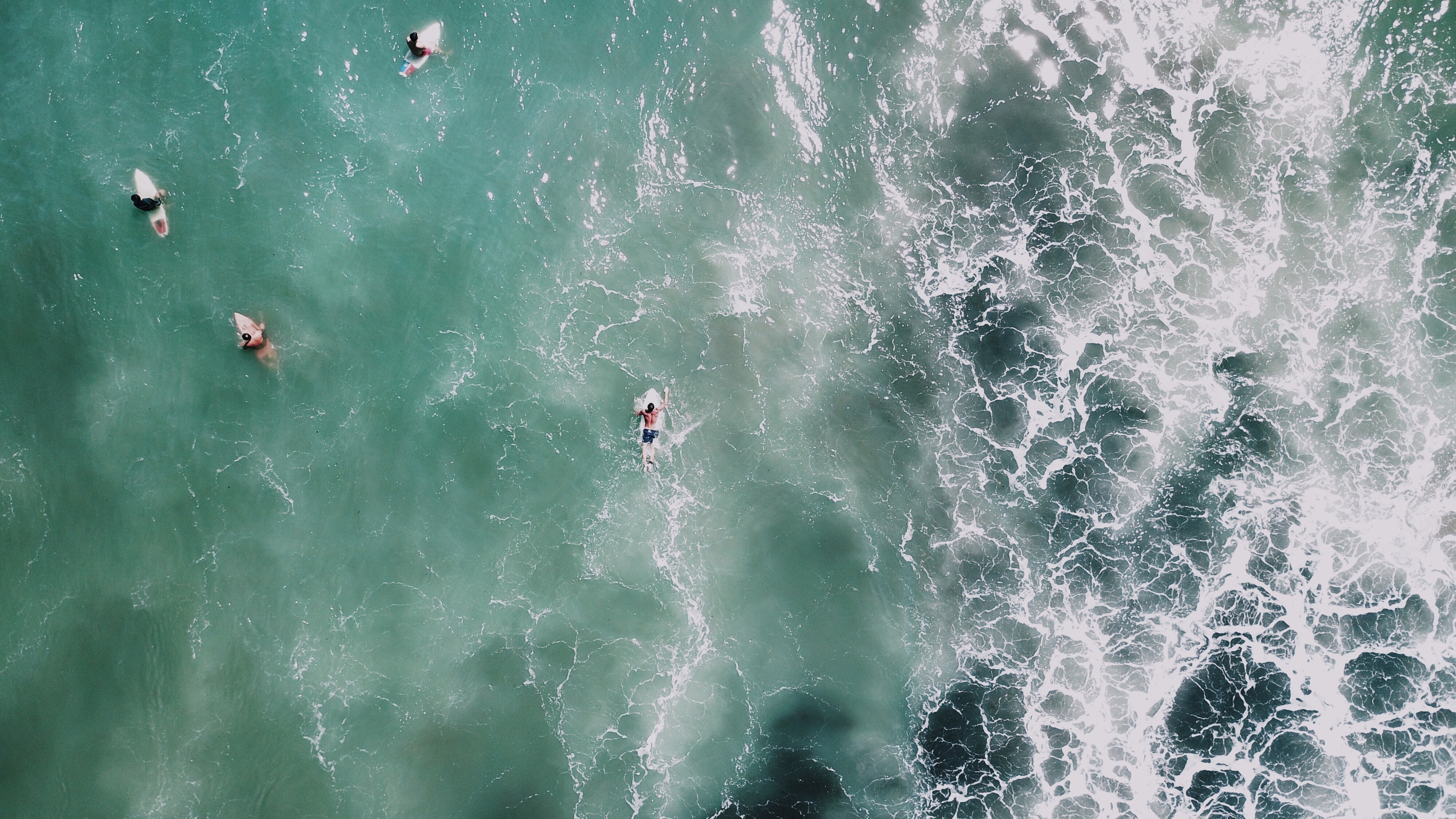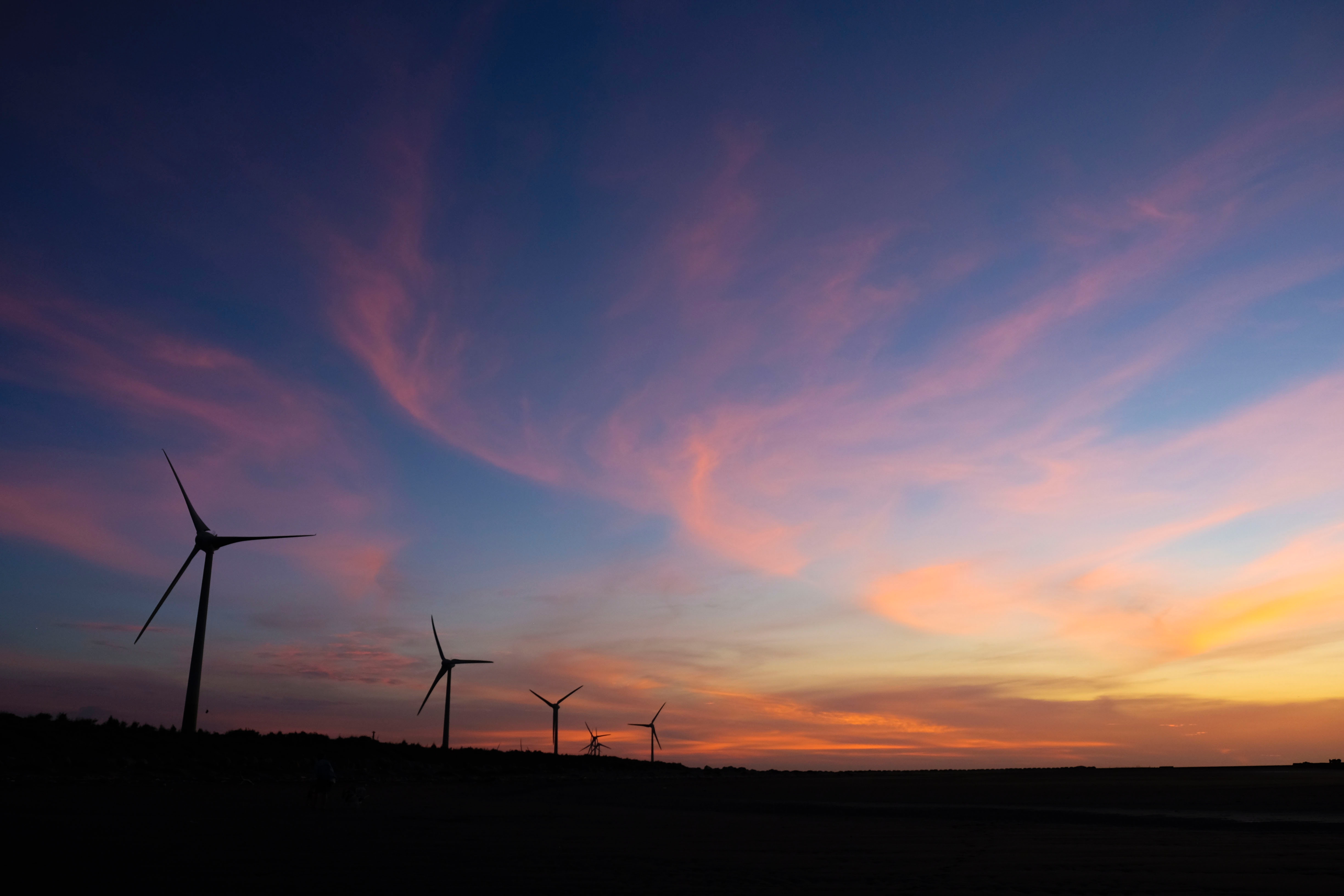
Original Article: Ms. 王舜薇
Translated by: Eden Social Welfare Foundation
Special thanks to: 隋守凡

Taiwan, a tiny island that nourishes the unique abundant ecology which is rare worldwide. There are about over fifty thousand known species on this island and about 3/4 of the species is speculated to not yet to be named or discovered. The rate of the species density is ranked to be the 1st or 2nd around the world. However, due to natural or man-made factors of land scarcity, high population, and historical evolvement, people in Taiwan have lacked overall plans for the utilization of natural resources and development of homeland for years.
Expert documentary director Ke Chin-Yuan published his new book “Our island: The changes of Taiwan environment for past 30 years” has listed the detailed changes in environmentally sensitive areas for over 30 years and any random instance from the book contains shocking status quo and figures. There are 110 homestay hotels (hostels) in Ching-Jing Farm of Nan-Tou County, but 104 of them are illegal. This area should be conserved but too much unbearable tourism disasters are happening. The factories, science parks, and farmlands situated side by side cause the accumulated contamination areas of polluted farmland to be up to over 1000 acres and the figure is still climbing. 60% of rivers are polluted and 11.8% are seriously polluted.
From upstream to downstream, from forests to wetlands, rivers, and oceans – all reveal the scars of harm and damages, which implies the relationship between land and other species are not in balance. Although in the late 1980s, all kinds of anti- public-pollution movements and environmental conservations thinking are the leading trends fighting against the mainstream of economic development patterns and some related legal acts are legislated accordingly, but not all of the serious problems have been well taken care of and the definition of “Environment Justice” is yet to be fulfilled.
The fundamental reason is that people in Taiwan lack overall homeland utilization strategy based on sustainable development, resulting in the ecological environment yielding to economic developments, agriculture yielding to high-tech industries, and forestry yielding to tourism. SDG suggests ecosystem-based management, i.e. EMB. EMB embraces conservation zones based on protection, restoration, and organization of the ecological system with human behaviors simply being one part of the ecological environment.
EBM focuses on the dynamic, changing instincts of ecology. The habitat of other species can be managed and considered from different dimensions and angles. For instance, the conservation of water reeds and oysters needs to protect their habitat and have a clean water source as well. Therefore, the upstream must be included in the conservation area.

The Gap between Legislation and Execution is the obstacle of environment supervision
In 2015, the so-called homeland 3 acts – Wetland Conservation Act, Coastal Zone Management Act and Spatial Planning Act are legislated subsequently, indicating the overall plans and systems of homeland utilization are moving forward.
Wetland Conservation Act was implemented on 2 Feb. 2015, the World Wetlands Day. The two core concepts of “wise use of wetland resources”, and “zero lose and compensation mitigation measure” are both adopted in this act, which advocates the use of wetlands inadequate ways. Wetlands are an important habitat for several species and also have functions of floods adjustment and water purification. Wetlands bring economic benefits of tourism. For example, the Gaomei Wetlands in Taichung is the love of tourists; Jiading Wetlands in Kaohsiung is where Black-faced Spoonbills pay frequent visits in winters; and Yongchun Wetlands in Nan-Kang will become the first wetlands of the metropolitan area in Taipei City.
However, after nearly 3 years of the implementation, some non-government groups criticize the imbalance of management, the lack of horizontal communication, and, the barrier from local government – all caused the areas of the wetlands to shrink. The gap between legislation and execution is the major obstacle to the establishment of environment supervision in Taiwan.
At the end of 2015, after over 20 years of discussion, the Third Reading of the Spatial Planning Act is finally finished. The land in Taiwan is divided into 4 zones - environmental conservation zones, marine resource zones, agricultural development zones, and urban-rural development zones. The future goal is the appropriate use of the land resources to facilitate conservation, utilization, and management of the land, strictly prohibiting the alteration of the utilization of the lands, and put an end to the situation of inappropriate utilization of lands. At the current stage, the Internal Affairs Department will bring up the draft of National Spatial Plan and is estimated to announce it this May.
However, before the supreme National Spatial Act is finalized, the policies and practices in Taiwan regarding environmental goals are contradictory to those in the SDG in many ways. For example, regarding the reservoir construction in Goal 6 of the SDG, our government will reboot the over-20-year dispute of the Shuang-Xi reservoir for the domestic and livelihood water supply for Keelung City and New Taipei City in Forward-looking Infrastructures Programs. However, the local protesters point out that the truth is the water leakage rate in Keelung is up to 30%. Therefore, the right thing to do is to raise the water use efficiency and solve problems of water being wasted. Building a new reservoir is unnecessary and does more harm to the local environment. This kind of policy contradiction does not apply to the core concepts.

Biodiversity and ecosystem valuation should be emphasized more
The Gap between legislation and execution causes the local communities to have the impression that having economic development and environment conservation at the same time is not possible. However, this circumstance can actually be improved by integrating the policy tool of ecosystem valuation, enhancing the insufficiencies of top-down conservation policy traditionally.
For example, it’s the central government’s call to designate a conservation area, which will bring benefits to people in cross administrative areas with spillover effects. However, designating a conservation area means the social and economic costs of inability to have economic development, which is paid by the local government; so they often see designating a conservation area as a stumbling block of development.
The ecological fiscal transfer is a relatively new tool of environmental economics. Differing from the traditional annual government revenue assigned by social or economic indexes (population), ecological fiscal transfer takes the area of conservation or the accomplishments of biodiversity protection and the central government will provide conservation subsidy as incentives for the local communities to protect the environment. This approach will pay less social cost compared with control measures. Precedents implementing this approach include Brazil and Portugal.
Besides economic developments, tourism is one of the main mechanism people interact with ecology. SDG also emphasizes integrating biodiversity and ecosystem valuation with the strategies of poverty reduction and development plans. Nowadays, with the growing ecology tours and conservation volunteers, it’s increasingly important that the government and local communities discuss the potential of eternal conservation plans together, rather than having the ecosystem valuation being devalued.
To review our living environment and its crises from the angle of biodiversity, the main idea of SDG is to Leave No One Behind. The central idea is not just about humans, but also considering how humans get along with other species on earth. After all, we are all part of the ecology.